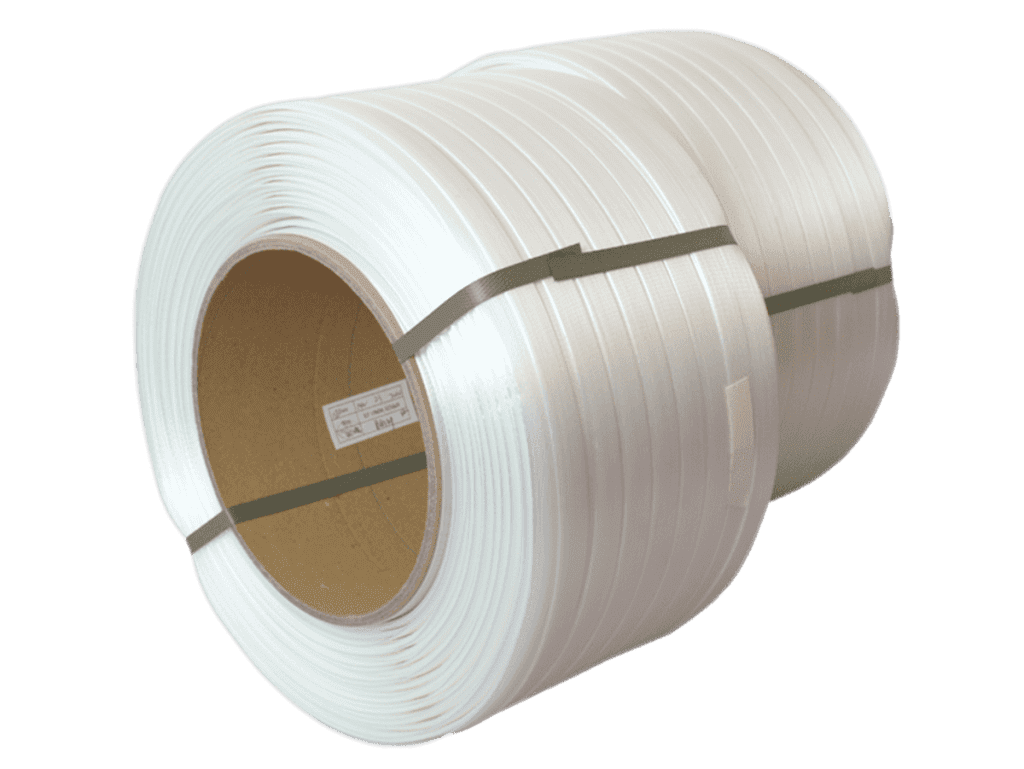Polyfoam plays a significant role in the electronics industry, with its importance in protecting the physical integrity of electronic devices growing over time. Extending the lifespan of these devices is crucial to enhancing user experiences.
Today, smartphones, computers, medical equipment, and vehicles rely on electronic signals to perform their functions. The quality of these products depends on their physical integrity and functionality. In this post, you will learn all about Poly Foam in electronics.
Understanding Electronic Sensitivity and ESD Risks
Electrostatic discharges (ESD) allow the flow of electrical current between two objects with different electrical potentials. Electronic devices are sensitive to these phenomena. The prevention of damage to electronic devices is a crucial strategy for manufacturers.
Due to this vulnerability, ESD occurrences reduce electronic components’ lifespan, functionality, and usefulness. This directly impacts a brand’s image, device, or service, causing users or customers to have unmet needs.
The Crucial Role of Poly Foam in Electronic Protection
Poly Foam or Expanded Polyurethane is currently the most widely used material for protecting electronic devices from ESD. This material has a closed-cell structure that traps air, which hinders electrical conductivity between objects with different charges.
Moreover, this foam is flexible, malleable, and robust, allowing it to be shaped according to the dimensions of the electronic device. This means it serves as an anti-ESD protection in packaging and as an impact reducer during the transporting of sensitive electronic devices in logistics.
Benefits of Using Poly Foam in the Electronics Industry
Did you know? The electronics industry, along with information technologies, is one of the fastest-growing sectors and one of the most resource-intensive. Here are the most relevant benefits of using Poly Foam in packaging.
- Reduces the risk of transport damage. Achieved by mitigating and absorbing movements.
- Improves product integrity.
- Increases customer satisfaction. Preserving the lifespan during transportation enhances the user’s quality experience.
- Reduces costs in user assistance by decreasing the number of warranty-related returns.
According to various studies, the three most ESD-sensitive devices are semiconductors, integrated circuits, and printed circuit boards. However, storage devices pose the most significant risks to users due to the information they contain.
Types of Poly Foam and Selecting the Right Solution
Several critical considerations should be made when purchasing Poly Foam for ESD protection packaging. While many types of insulating foams are available in the market, some offer different quality and features for packaging.
Here are the most relevant characteristics and suggestions when buying Poly Foam for packaging and avoiding the effects of electrostatic discharge.
- Density. Density is the most crucial characteristic when determining the effects of transportation on the electronic device. Lower density provides more excellent shock absorption.
- Size. The dimensions of the foam help cover electronic elements. It’s essential to know the device’s dimensions and purchase foam sheets with sufficient dimensions to meet those needs.
- Study the competition. Evaluate how your competitors package their products. This will help define the product’s characteristics and the supplier to meet your needs.
- Conduct tests. Ask a service provider or department in your organization to conduct packaging tests.
Remember that in most cases, devices should be entirely covered by the foam. You can also refer to the ISO 12875 “Packaging of electronic equipment for transport” standard.
Step by Step: How to Prepare Electronic Devices with Poly Foam
Any organization that needs to package electronic equipment should have a manual of best practices available. However, these are the basic steps that can be followed for adequate packaging.
- Clean the device. The design department recommends using the appropriate products to clean the electronic device before packaging.
- Use anti-static material. In cases where applicable or necessary, wrap the devices in anti-static material.
- Use Poly Foam. Cover the entire perimeter of the device with Poly Foam. Remember to consider minimum packaging quality approval requirements.
- Place the device in the final packaging. Depending on the device’s characteristics, place it in final packaging with the required information according to authorities and regulations.
High-density polyfoam provides protection against impacts and ESD and serves an aesthetic function associated with a brand’s quality and position in the market. This is because it has been proven to influence customer purchasing preferences.
Contact BMS for Electronic Packaging Solutions
BMS has more than 15 years of experience providing high-quality, eco-friendly solutions to our clients’ challenges and user needs. This trust has solidified our position in a highly competitive market.
Our strength lies in having the best materials to protect electronic devices. We are ready to meet all your packaging needs. We are pleased to offer you our attention and customize your order.
